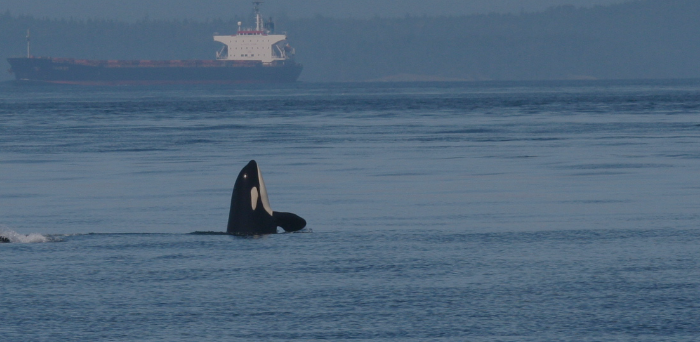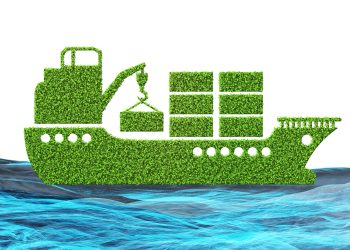Now that the talks for the update of the 1982 United Nations Convention on the Law of the Sea (UNCLOS) have begun concerning protected marine environments, a group of scientists proposed new techniques to allow protected zones to change, as species move under the climate change.
Specifically, world leaders are updating laws for international waters that apply to the majority of the global marine environment, providing the opportunity to scientists to introduce new techniques on the protected zones.
One argument that the scientists presented was that animals don’t stay in one place. In other words, a lot of the animals inhabit in very large areas of the ocean and those areas can move in time and space.
In addition, lead author Sara Maxwell, an assistant professor at the University of Washington Bothell who studies migratory marine animals commented that
As climate change happens, if we make boundaries that are static in place and time, chances are that the animals we are trying to protect will be gone from those places.
In the meantime, the ongoing climate change is changing the environment, resulting to species, habitats and ecological communities shifting, while established protected areas might no longer work.
In a changing environment, species will need more protection and the world will need to apply more dynamic and innovative tools to be effective.
Maxwell’s research uses tags that transmit to satellites to track sea turtles, seabirds and other marine species’ movements from space — a new technology that is just beginning to be applied to real-time protection of marine species. Only in the past 10 to 15 years, she said, have countries started to incorporate such tools into management, combining satellite tags on animals, GPS tracking of ships and ocean modeling to create rules that adjust to the situation, a technique known as dynamic management.
Until we could implement this type of management and show that it’s feasible, people didn’t quite believe that it was possible … But as we know more about where animals are going in space and time, we can use that information to better protect them
… Maxwell added.
Moreover, the scientists proposed leaders to apply an approach that builds ecosystem resilience to the adverse effects of climate change” when applying area-based management tools (ABMTs), including marine protected areas (MPAs).
On the contrary, it is reported that even though climate change affects species’ ranges and the behavior of the human users of mobile, commercially valuable species, for the time being the protection of highly mobile species and the dynamic habitats on which they depend is not currently a focus of negotiations.
With the final language to be determined as early as 2020 (1), we urge negotiators to include new dynamic management tools, including mobile MPAs (mMPAs), whose boundaries shift across space and time, that could help to safeguard marine life and build ecosystem resilience by protecting dynamic habitats as well as migratory marine species in a changing ocean.
Maxwell refers to the “TurtleWatch” program which asks US fishing boats to voluntarily avoid waters north of Hawaii at the surface temperatures preferred by loggerhead and leatherback sea turtles, to reduce the unintended capture of the endangered animal. In Australia, longline fishing boats bypass fishing in international waters when and where models predict the presence of the southern bluefin tuna, a commercially valuable and endangered species that’s managed through a quota system.
Overall, Maxwell concluded that
We hope the language in the United Nations treaty could be changed to explicitly include mobile marine protected areas and dynamic management, so that those become options to protect the largest parts of the ocean going forward.
To learn more on the proposal click here.
































































